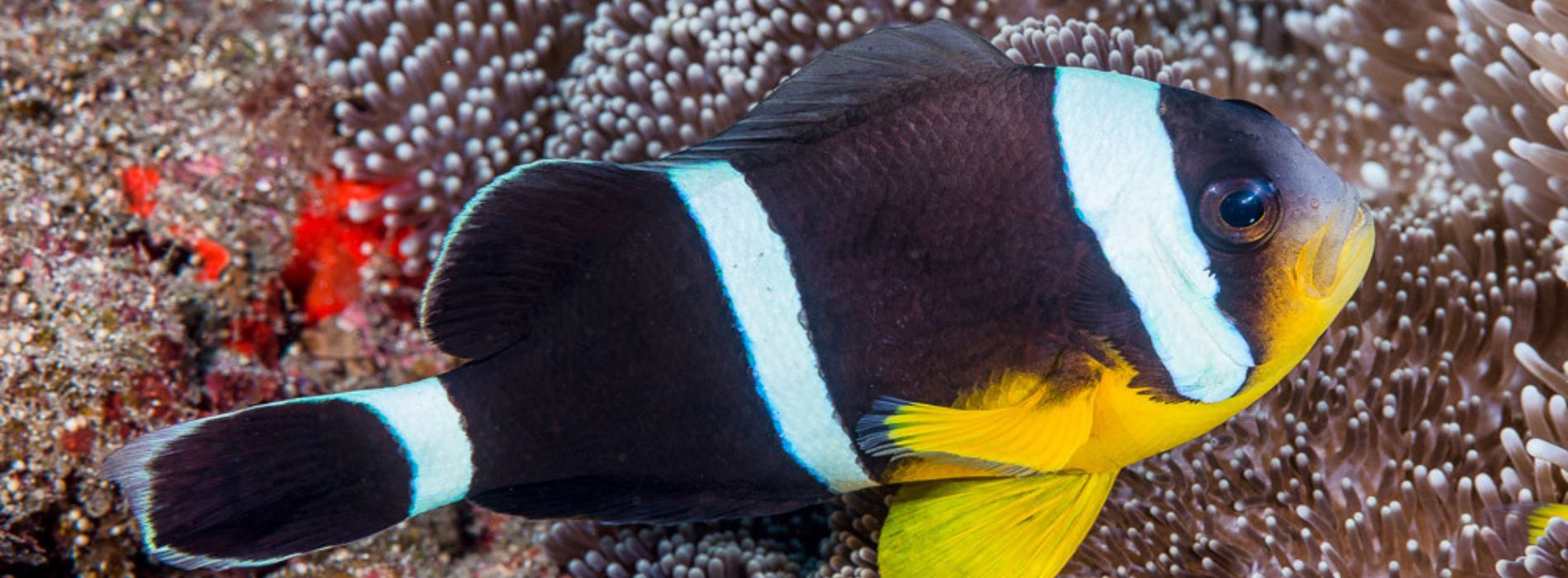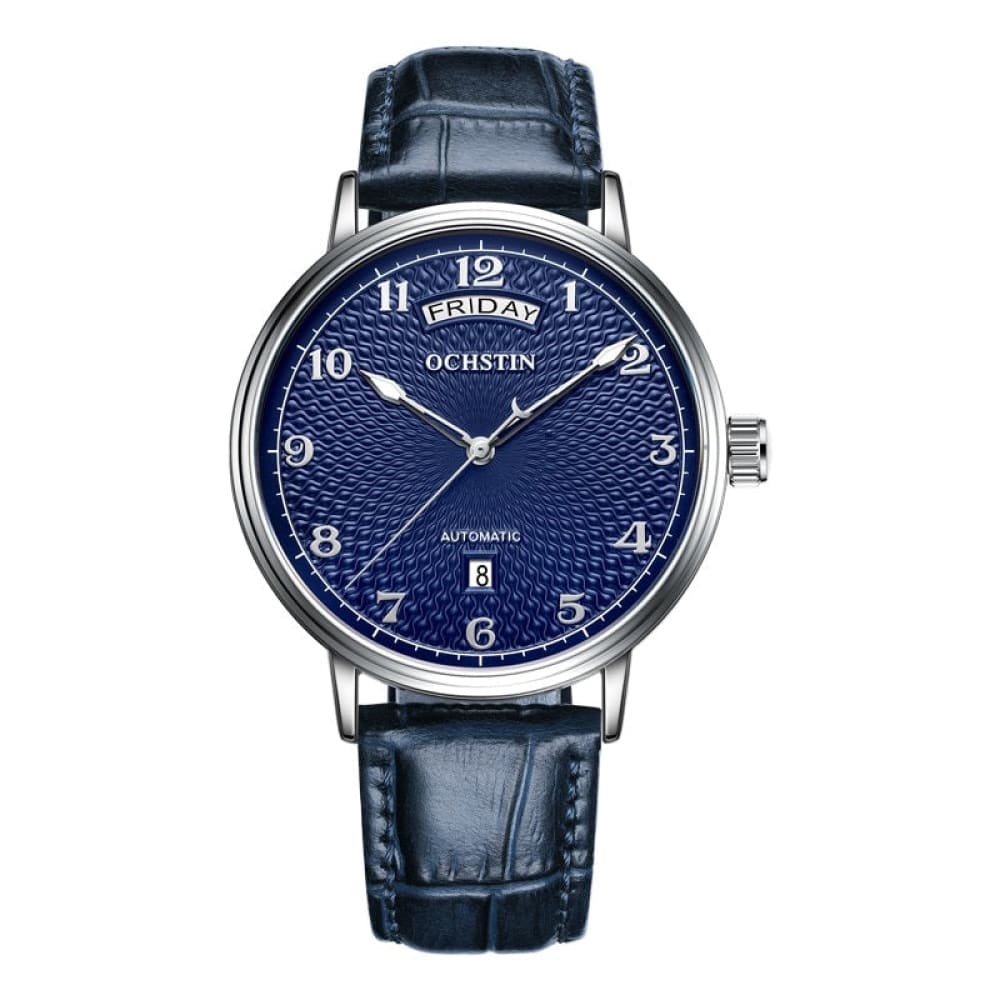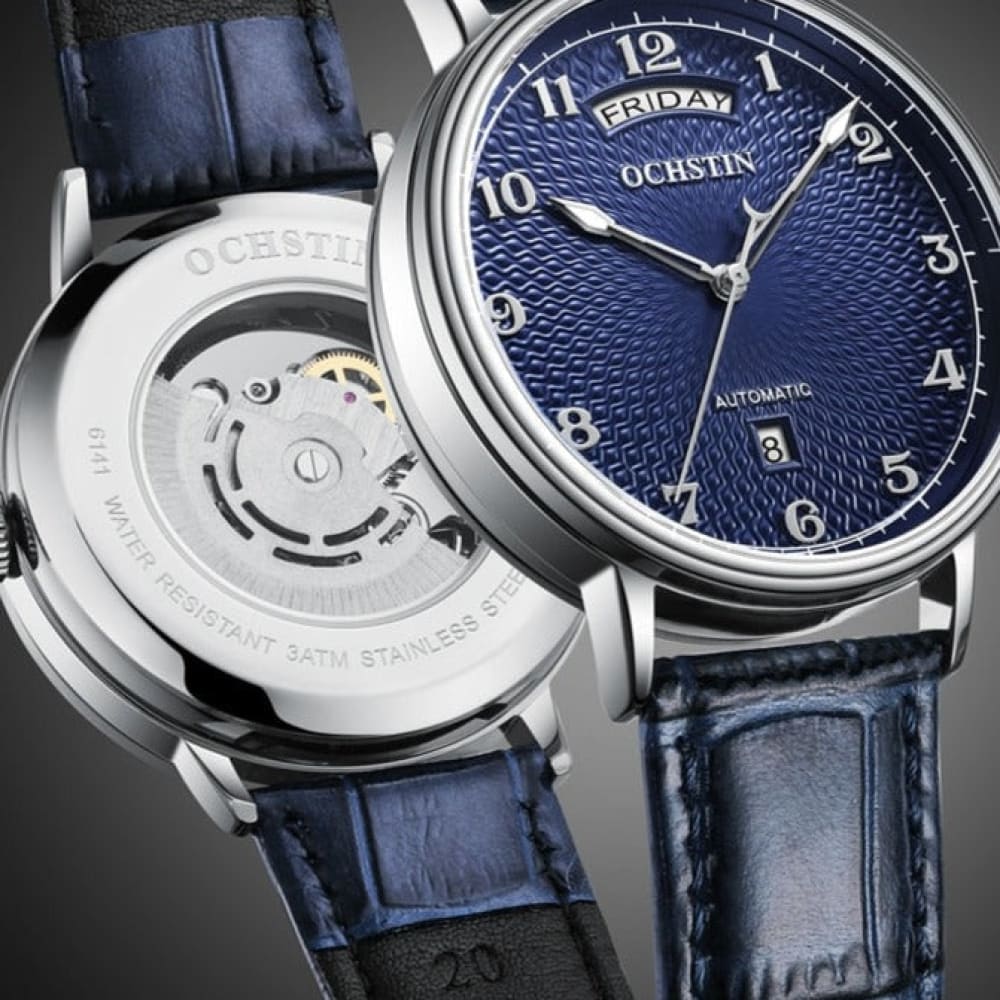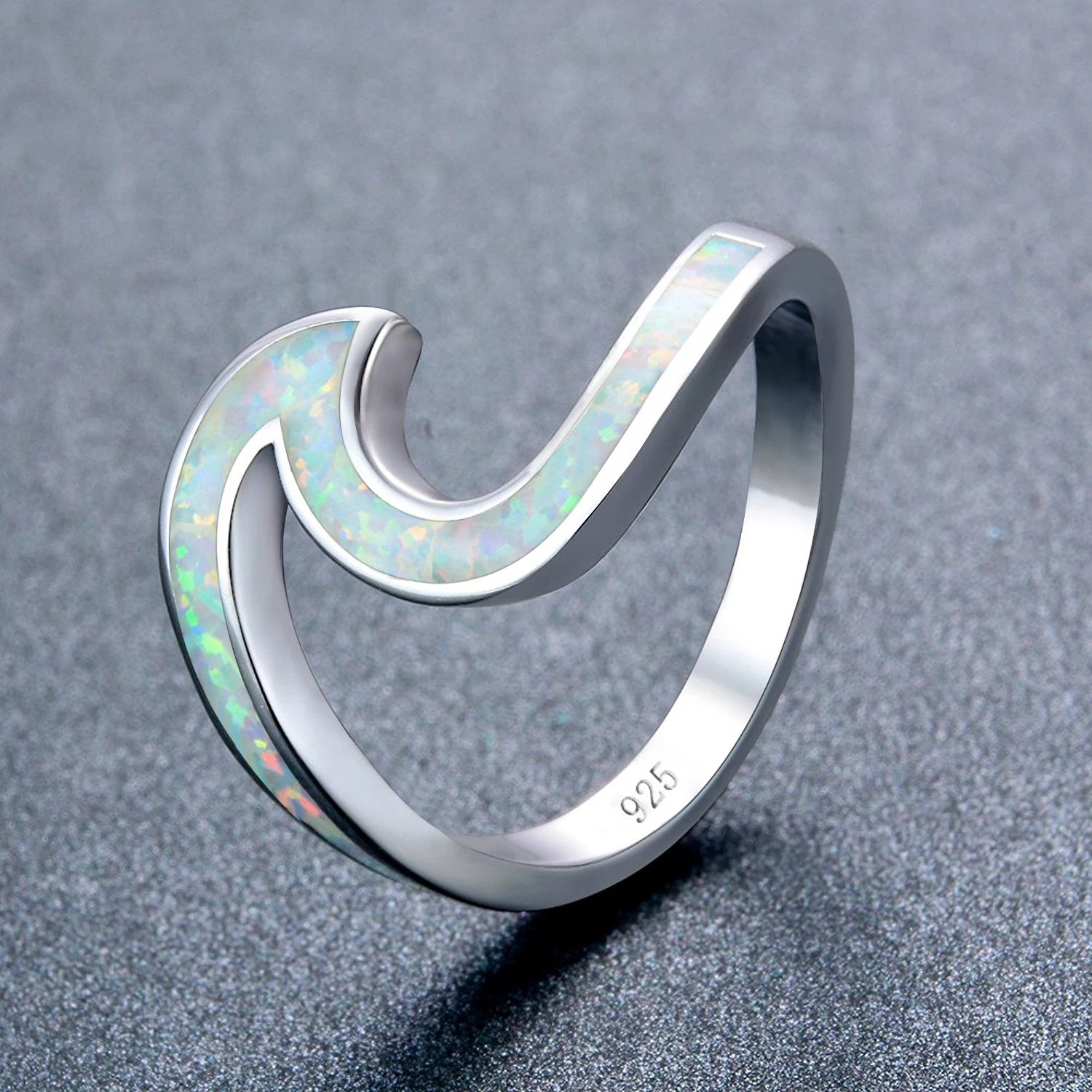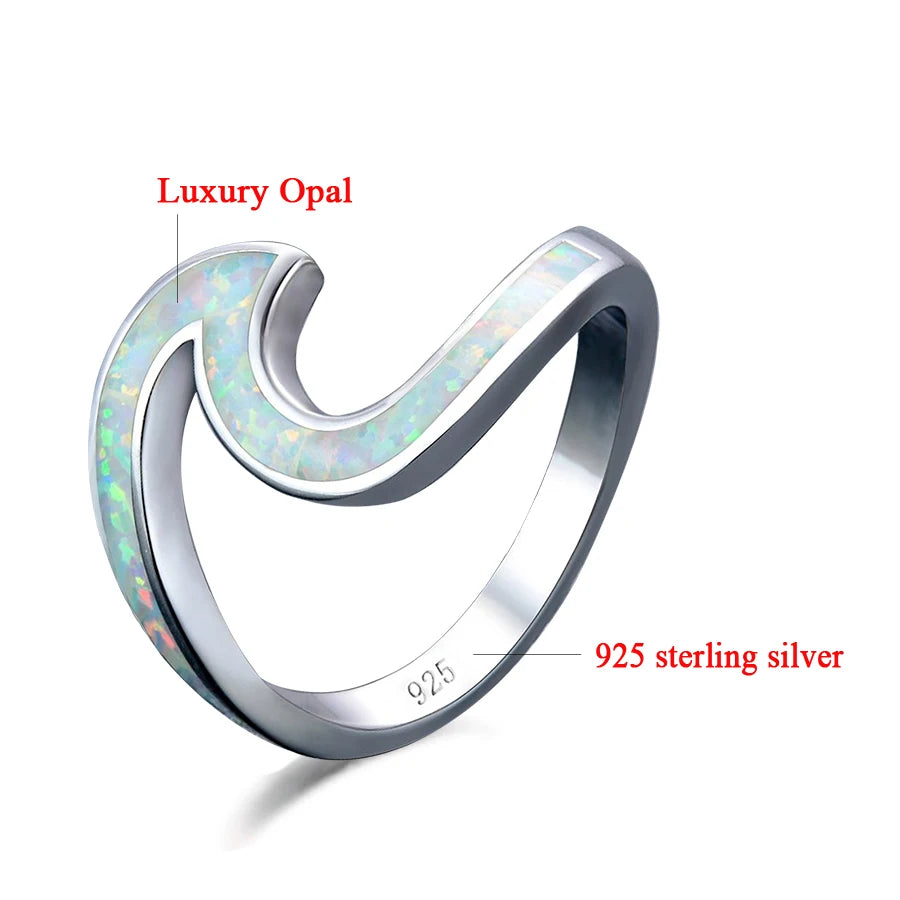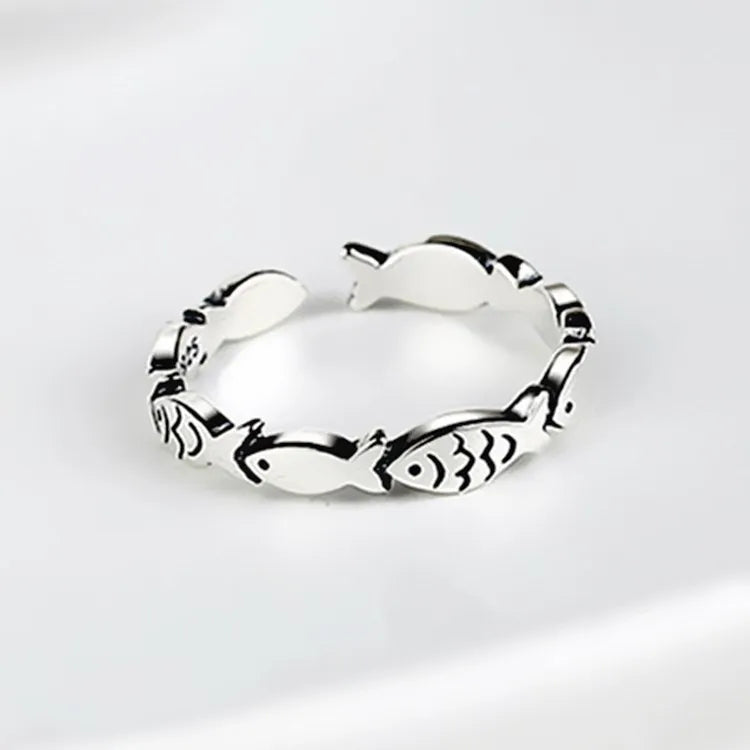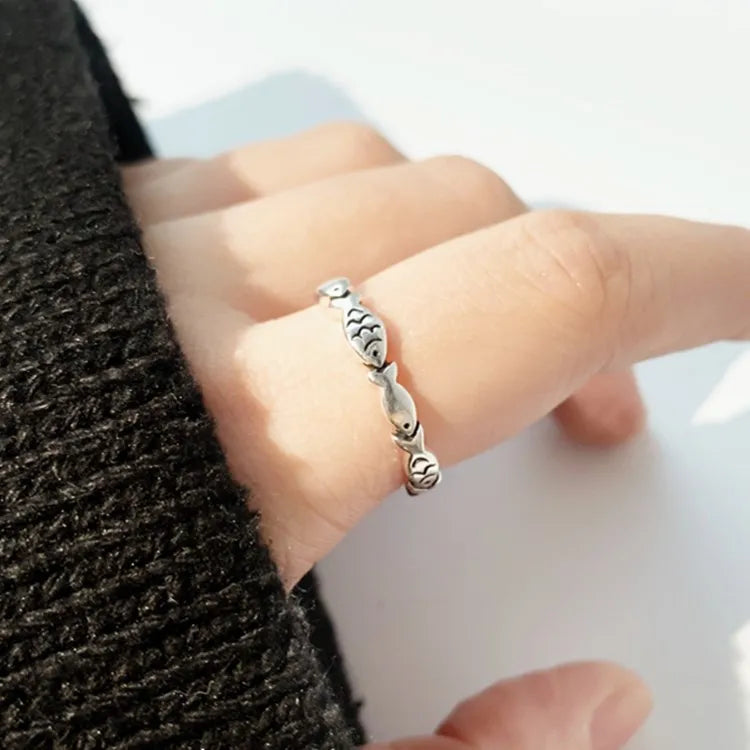The ocean is a world full of wonders and mysteries, with countless fascinating creatures inhabiting its depths. Among these creatures is the Amphiprion chrysogaster, commonly known as the Mauritian anemonefish or clownfish. These enchanting fish have captured the imagination of people around the world, thanks in part to their endearing appearance and their starring role in popular movies like "Finding Nemo." In this article, we will delve into the captivating world of the Amphiprion chrysogaster, exploring its taxonomy, characteristics, habitat, and more. Join us on this journey as we uncover the secrets of this mesmerizing marine species.
Table of Contents
- Introduction
-
Overview of Amphiprion chrysogaster
- Taxonomy and Classification
- Conservation Status
-
Characteristics of Mauritian Anemonefish
- Symbiotic Relationship with Sea Anemones
- Defense Mechanisms and Behavior
- Size and Color Variations
-
Reproduction and Life Cycle
- Dominance Hierarchy and Breeding Pairs
- Sequential Hermaphroditism
-
Description and Identification
- Physical Characteristics
- Distinguishing Features from Similar Species
-
Distribution and Habitat
- Endemic to Mauritius and Réunion
- Host Anemones
-
Role in the Ecosystem
- Mutualistic Relationship with Sea Anemones
- Impact on Coral Reefs
-
Threats and Conservation
- Human Activities
- Conservation Efforts
-
Interaction with Humans
- Popularization through Media and Film
- Aquarium Trade
- Interesting Facts and Trivia
- Our last words
2. Overview of Amphiprion chrysogaster
Taxonomy and Classification

Amphiprion chrysogaster belongs to the Animalia kingdom, the Chordata phylum, and the Actinopterygii class. It is classified under the Pomacentridae family, which includes clownfishes and damselfishes. The scientific name of the Mauritian anemonefish is Amphiprion chrysogaster, derived from the Greek words "amphi" meaning "both sides" and "prion" meaning "saw," referring to the spines found on their gill covers. The specific epithet "chrysogaster" is derived from the Greek words "chrysos" meaning "golden" and "gaster" meaning "belly," describing the species' distinctive coloration.
Conservation Status
According to the International Union for Conservation of Nature (IUCN), Amphiprion chrysogaster is classified as "Least Concern" on the conservation status scale. This indicates that the species is not currently facing any significant threats or population decline. However, it is important to note that ongoing monitoring and conservation efforts are essential to ensure the long-term survival of this species and its habitat.
3. Characteristics of Mauritian Anemonefish

Symbiotic Relationship with Sea Anemones
Clownfish, including the Amphiprion chrysogaster, are known for their unique symbiotic relationship with sea anemones. This mutually beneficial partnership allows both the clownfish and the anemone to thrive. The anemone provides protection for the clownfish by deterring predators with its stinging tentacles. In return, the clownfish defends the anemone from its own predators and parasites. Additionally, the clownfish benefits from the anemone's scraps of food and occasional dead tentacles, while also providing nutrients to the anemone through their waste.
Defense Mechanisms and Behavior
Clownfish have developed several fascinating defense mechanisms to survive in their marine environment. They possess a mucus layer on their skin that protects them from the stinging cells of the anemone. This adaptation allows them to live safely among the anemone's tentacles without being harmed. Furthermore, clownfish have a hierarchical social structure within their groups, with a dominant female at the top. The largest and most aggressive fish in the group is female, while the smaller males are subordinate. Only the dominant male and female in a group reproduce, engaging in external fertilization.
Size and Color Variations
Mauritian anemonefish are relatively small in size, typically measuring between 10 and 18 centimeters (3.9 to 7.1 inches) in length. They exhibit a range of vibrant colors, including shades of yellow, orange, and black. Many individuals also display white bars or patches on their bodies. The color variations can be influenced by factors such as the fish's age, sex, distribution, and the species of the host anemone they inhabit. These variations add to the visual diversity and beauty of the Amphiprion chrysogaster population.
4. Reproduction and Life Cycle

Dominance Hierarchy and Breeding Pairs
Within a group of clownfish, a strict dominance hierarchy exists, with the largest and most aggressive fish being the dominant female. The dominant female and a male are the only breeding pair in the group. In the event that the dominant female dies or is removed from the group, the dominant male will undergo a fascinating transformation. It will change its sex and become the new dominant female, while the largest subordinate male will mature and take on the role of the dominant male.
Sequential Hermaphroditism
Clownfish exhibit sequential hermaphroditism, a unique reproductive strategy found in some fish species. They are protandrous hermaphrodites, meaning they first develop into males before transitioning into females. This transition occurs when a dominant female is absent within the group. The change in sex is accompanied by physical changes, such as the development of ovaries and the ability to produce eggs. This remarkable adaptation ensures the continuation of the species and contributes to their resilience in the face of changing environmental conditions.
5. Description and Identification

Physical Characteristics
Adult Mauritian anemonefish have a distinct appearance, with a dark brown or black body adorned with three white bars. The snout and breast of the fish are orange, adding a vibrant splash of color to their overall appearance. The caudal fin, or tail fin, is either blackish or dark brown, while the anal fin may vary in color between blackish and orange-yellow. The fish have 10 dorsal spines, 2 anal spines, 16-17 dorsal soft rays, and 13-14 anal soft rays. With a maximum length of 14 centimeters (5+1⁄2 inches), these small fish possess a charm that captivates enthusiasts and researchers alike.
Distinguishing Features from Similar Species
The Mauritian anemonefish can be distinguished from similar species based on several factors. One such species is the Seychelles anemonefish (A. fuscocaudatus), which can be differentiated by its location, the number of dorsal spines, and the solid dark tail of the Amphiprion chrysogaster compared to the dark streaks on the tail of the Seychelles anemonefish. Another similar species is the Three-band anemonefish (A. tricinctus), which is found only in the Marshall Islands in the Pacific. The Three-band anemonefish can be identified by its narrower bar across the tail base compared to this fish.
6. Distribution and Habitat

Endemic to Mauritius and Réunion
The Mauritian anemonefish is endemic to the islands of Mauritius and Réunion. These islands are located in the Indian Ocean, off the eastern coast of Africa. The species is primarily found in the warm waters of the Indian and Pacific Oceans, as well as the Red Sea. They inhabit sheltered reefs and shallow lagoons, seeking refuge among the tentacles of their symbiotic sea anemones.
Host Anemones
The Amphiprion chrysogaster forms a close bond with specific species of sea anemones, which serve as their hosts. These anemones provide a safe haven for the fish and offer a constant source of food. This creature can be hosted by anemone species such as the magnificent sea anemone (Heteractis magnifica), the Stichodactyla haddoni, and the Mertens' carpet sea anemone (Stichodactyla mertensii). These anemones provide essential protection and nourishment for the clownfish, ensuring their survival and well-being.
7. Role in the Ecosystem

Mutualistic Relationship with Sea Anemones
The Mauritian anemonefish plays a crucial role in the ecosystem through its mutualistic relationship with sea anemones. By living among the tentacles of the anemone, the clownfish provides protection and food to the anemone, while benefiting from the anemone's shelter and scraps of food. This symbiotic relationship is a remarkable example of nature's interconnectedness, showcasing the intricate balance and interdependence of species within marine ecosystems.
Impact on Coral Reefs
As inhabitants of coral reefs, Amphiprion chrysogaster contribute to the overall health and biodiversity of these fragile ecosystems. They help in maintaining the population of their host anemones, which in turn provide refuge and food for other species. Furthermore, the presence of clownfish in coral reefs can have positive effects on the growth and survival of coral polyps. The fish help in dispersing the polyps' larvae, allowing for the colonization of new areas and the expansion of coral reef habitats.
8. Threats and Conservation

Human Activities
Although Amphiprion chrysogaster is currently classified as "Least Concern" by the IUCN, it is important to recognize the potential threats that this species and its habitat face. Human activities such as overfishing, habitat destruction, and pollution can have detrimental effects on marine ecosystems, including the coral reefs where the Mauritian anemonefish resides. It is crucial for individuals, communities, and organizations to raise awareness about the importance of conservation and take action to protect these delicate ecosystems and their inhabitants.
Conservation Efforts
To ensure the long-term survival of the Amphiprion chrysogaster and its habitat, various conservation efforts are underway. These initiatives include the establishment of marine protected areas, the implementation of sustainable fishing practices, and the promotion of responsible tourism. Additionally, scientific research and monitoring programs contribute to our understanding of the species' population dynamics and the effectiveness of conservation measures. By working together, we can protect the Mauritian anemonefish and preserve the natural beauty and biodiversity of our oceans.
9. Interaction with Humans
Popularization through Media and Film
The Amphiprion chrysogaster and its close relatives, clownfish, have gained significant popularity and recognition through various forms of media and film. The animated movie "Finding Nemo" brought these colorful fish into the spotlight, capturing the hearts of audiences worldwide. The film showcased the beauty and charm of the clownfish, while also raising awareness about the importance of marine conservation. The popularity of "Finding Nemo" has contributed to increased interest in marine life and inspired many to learn more about the creatures that inhabit the ocean.
Aquarium Trade
Due to their captivating appearance and popularity, Mauritian anemonefish are sometimes sought after for the aquarium trade. However, it is essential to approach the aquarium trade responsibly and ensure that fish are sourced sustainably from reputable suppliers. It is crucial to consider the welfare of the fish, as well as the impact on their natural populations and habitats. By promoting responsible practices within the aquarium trade, we can help protect these beautiful creatures and preserve their natural environments.
10. Interesting Facts and Trivia
- The Mauritian anemonefish is named after Mauritius, the island where it was first discovered.
- The vibrant colors of clownfish, including the Amphiprion chrysogaster, serve as a warning to potential predators, signaling their venomous nature.
- Clownfish are known for their ability to change sex, with males transitioning into females if the dominant female in the group dies or is removed.
- The symbiotic relationship between clownfish and sea anemones is one of the most remarkable examples of mutualism in the animal kingdom.
- Clownfish communicate through a series of pops and chirps, using these sounds to establish territory and communicate with their group members.
11. Conclusion
The Amphiprion chrysogaster, or Mauritian anemonefish, is a captivating marine species that continues to enchant and fascinate people around the world. From their stunning colors to their unique symbiotic relationship with sea anemones, these fish hold a special place in the hearts of ocean enthusiasts. As we explore the depths of the ocean, let us remember the importance of protecting and preserving these delicate ecosystems and the incredible creatures that call them home. By working together, we can ensure a future where the Amphiprion chrysogaster and other marine species thrive in harmony with their environment.
if you want to learn more about the clownfish family, click here !
We hope you've enjoyed this article about the Mauritian Anemonefish !
Feel free to subscribe to our private newsletter to receive more exclusive article. You will also receive a 10% bonus discount for our sea world catalogue. You will be notified via email whenever we release a new wonderful jewelry piece of the ocean.
Feel free also to go check out our website, we provide the best sea content and we offer you the best nautical jewelry all around the globe !

